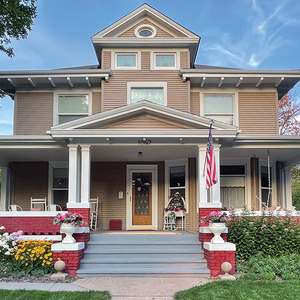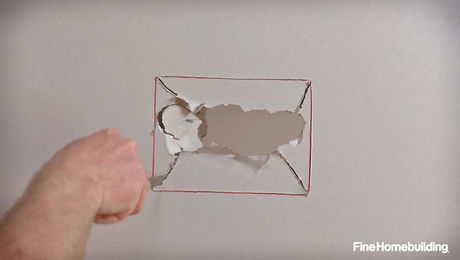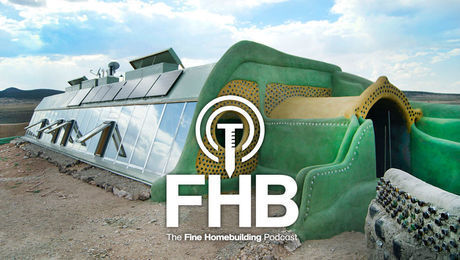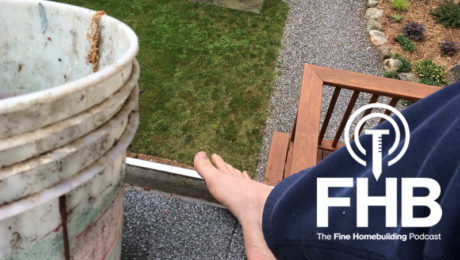The Mold Explosion: Why Now?
Today's houses make it easier for mold to thrive. The cure is quick cleanup and smarter choices in materials.
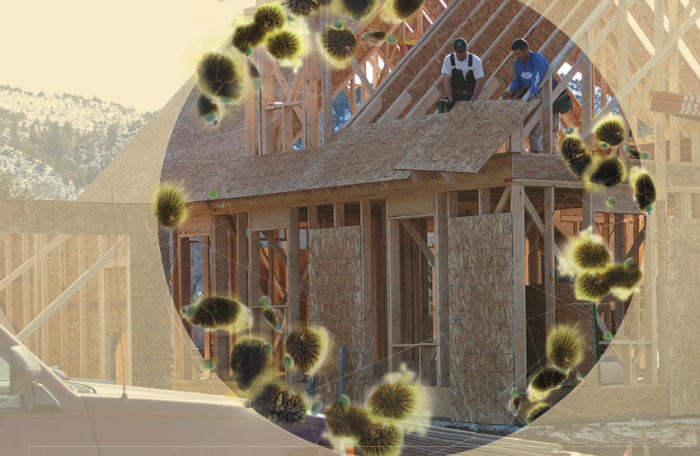
Synopsis: Today’s houses seem highly susceptible to developing mold problems. Building scientist Joseph Lstiburek explains why: wood products that accommodate mold, houses that don’t dry out properly when they become wet, hollow walls stuffed with insulation, and the linkage of residents to the house’s envelope via the mechanical system. Lstiburek says that the fix to mold problems is clear: Water problems must be repaired quickly to prevent water from entering today’s high-performances houses. The article includes sidebars on whether moldy framing lumber can cause rot, how mold can make you sick, and how mold should be cleaned up.
Mold isn’t a bad thing. Without it, we wouldn’t have beer, blue cheese, or penicillin. When mold starts attacking the inside of your house, however, it is a bad thing. Even before the memorable onslaught of hurricanes in 2004 and 2005, we’d seen a lot more moldy buildings. Mold claims in Texas alone increased by five times a few years ago and cost homeowners’ insurers more than $1 billion in 2001. Why?
Mold is a water problem. Excluding the flooding in the Gulf states, though, there suddenly isn’t more water, so why is there more mold? The problem is that the water we’ve always had is hanging around in a new generation of building materials that can’t tolerate water as well as yesterday’s building materials could. Today’s building materials are also more palatable to mold because they’re more refined.
Many of the wood products that make our lives convenient during the construction process can make our lives inconvenient later on. These deficiencies don’t show up, though, until something bad happens. It can be a single event like a hurricane, or an ongoing event like a roof valley that lets water into the house every time it rains.
While “toxic mold” makes headlines, news stories tend to offer more hype than hope. It’s really not difficult to avoid mold problems if you understand how mold works. Getting rid of mold isn’t so difficult, either.
Mold likes sugar, and trees are made with sugar
To engineers like me, trees are just big batteries. Let me explain: A tree stores the energy it converts from the sun (through photosynthesis) in the form of glucose, which is a hunk of sugar. When we burn the tree, we convert the energy in glucose into heat.
Mold prefers the sugar found in dead plants, which is in the form of cellulose. Unfortunately, we build houses out of dead plants and dead-plant by-products. That’s OK as long as we don’t make it easy for mold to get to the cellulose. Unfortunately, as wood is refined from a log to the paper facing on drywall, the cellulose is chopped, baked, ground, and seasoned to become easier for mold to eat.
Mold likes water, and houses leak
Living inside of mold food isn’t too much of a problem as long as we make it hard for mold to eat the food. We do this by avoiding moisture problems. When houses get wet at a rate that exceeds their ability to dry out, moisture accumulates. When the rate of accumulation exceeds the storage capacity, we have a moisture problem. The house can’t dry out. The amount of water coming in isn’t the problem; it’s the balance of how much water is coming in compared with how much is going out.
For more photos, illustrations, and details, click the View PDF button below:




